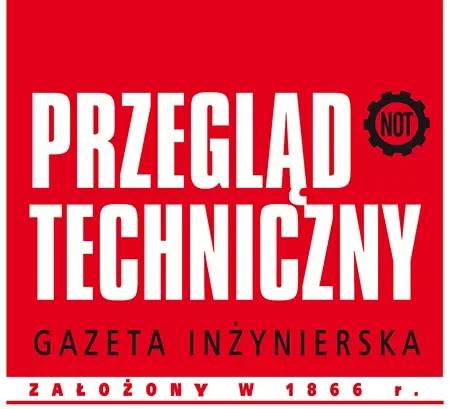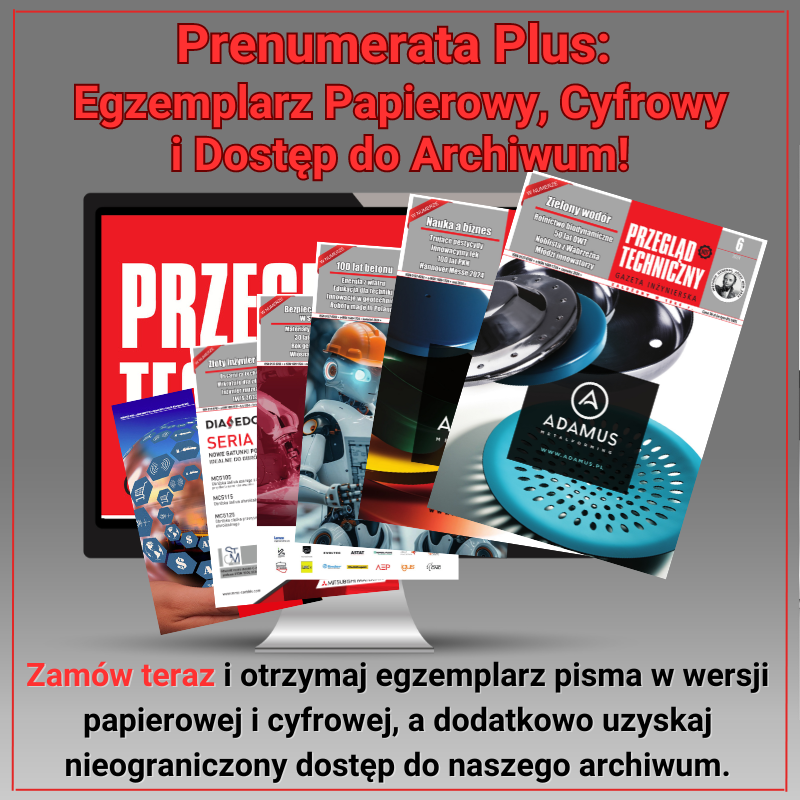Trzy filary sukcesu Mlekpolu, możliwe dzięki innowacyjnej instalacji fermentacji beztlenowej w Grajewie, zrealizowanej przez SEEN Technologie
W dobie transformacji energetycznej i rosnącej presji regulacyjnej, przemysł mleczarski staje przed koniecznością głębokich zmian. Sama optymalizacja kosztów operacyjnych już nie wystarcza – kluczowe staje się wdrażanie rozwiązań opartych na gospodarce cyrkularnej, odzysku energii i redukcji śladu węglowego. To właśnie w obszarach gospodarowania odpadami i zużycia energii wyzwania te są dziś najbardziej widoczne i odczuwalne. Instalacja zaprojektowana i zrealizowana przez SEEN Technologie w SM Mlekpol w Grajewie stanowi dowód na to, że można je nie tylko skutecznie rozwiązywać, ale wręcz przekształcać w trwałe źródło przewagi rynkowej.
Spółdzielnia Mleczarska Mlekpol, jako jeden z największych producentów mleczarskich w Europie Środkowo-Wschodniej, przetwarza dziennie ponad 6 milionów litrów mleka co naturalnie generuje strumienie odpadów organicznych oraz ścieków przemysłowych. Tradycyjne metody ich zagospodarowania oznaczałyby wysokie koszty, obciążenie środowiska oraz brak wartości dodanej. Dzięki zastosowanej technologii fermentacji beztlenowej odpady te zamieniono w źródło biogazu, energii, ciepła oraz organicznego środka poprawiającego właściwości gleby.
– Biogazownia to z jednej strony technologia produkcji energii, z drugiej zaś strategiczne narzędzie wspierające transformację mleczarstwa w kierunku zrównoważonego rozwoju. Grajewska instalacja fermentacji beztlenowej jest kolejnym krokiem w realizacji naszej długofalowej strategii energetycznej, która zakłada systematyczne inwestycje w odnawialne źródła energii we wszystkich zakładach Mlekpolu. To dla nas nie tylko odpowiedzialność wobec przyszłych pokoleń, ale także droga do zwiększenia konkurencyjności i niezależności energetycznej – mówi Zbigniew Groszyk, Wiceprezes Zarządu SM Mlekpol
– Naszym celem było nie tylko dostarczenie instalacji technologicznie nowoczesnej, ale też ekonomicznie samowystarczalnej i zgodnej z ideą gospodarki o obiegu zamkniętym. W Grajewie nie mówimy o utylizacji odpadów – mówimy o ich przekształceniu w wartościowy zasób – zaznacza Dariusz Jasak, Prezes Zarządu SEEN Technologie
Inżynieria dostosowana do realiów przemysłu mleczarskiego
Inwestycja została zrealizowana w formule „zaprojektuj i wybuduj”, co umożliwiło pełne dostosowanie każdego elementu technologicznego do potrzeb obiektu – od układu zasilania fermentora po systemy odzysku energii.
Serce instalacji stanowi fermentor o pojemności roboczej 6 800 m³, do którego codziennie trafia około 230 m³ substratów odpadowych, w tym osadów powstających w procesie oczyszczania ścieków. Proces prowadzony w warunkach mezofilowych zapewnia stabilność biologiczną oraz wysoki uzysk biogazu – na poziomie 380 m³/h. Wytworzony biogaz po oczyszczeniu i sprężeniu zasila agregat kogeneracyjny, który produkuje 1,2 MW energii elektrycznej oraz około 1,3 MW energii cieplnej.
– Nasza instalacja to nie gotowy zestaw z katalogu. Każdy komponent został indywidualnie dobrany z myślą o rytmie pracy zakładu, układzie logistycznym i specyfice substratów, z jakimi mieliśmy do czynienia w Grajewie – podkreśla Dariusz Jasak
Produkcja energii i mierzalne zyski operacyjne
Rok 2024 był pierwszym pełnym okresem działania instalacji. W tym czasie system wygenerował 5 728 MWh energii elektrycznej, co daje średnią dzienną produkcję na poziomie około 16 MWh. Całość energii została zużyta na potrzeby własne zakładu – zasilając fermentor, suszarnię osadów i pozostałą infrastrukturę technologiczną.
Przy uśrednionej cenie zakupu energii na poziomie 700 zł/MWh, oznacza to uniknięcie wydatków rzędu około 4 mln zł. Instalacja zapewniła również pełną samowystarczalność cieplną oraz znaczną niezależność energetyczną, co przełożyło się na redukcję kosztów operacyjnych i wzrost efektywności finansowej zakładu.
Wysoka skuteczność systemu znajduje odzwierciedlenie także w gospodarowaniu osadami pofermentacyjnymi. W 2024 roku wytworzono 715 000 kg wysuszonego osadu, co przekłada się na średnią dobową produkcję na poziomie około 1 960 kg. Dzięki zastosowanym procesom fermentacji i suszenia objętość osadu została zredukowana nawet sześciokrotnie, a powstały materiał zyskał nowe zastosowanie. Po uzyskaniu stosownych pozwoleń środowiskowych, osad ten może być wykorzystywany jako organiczny środek poprawiający właściwości gleby– stanowiąc wartościowy produkt uboczny o realnej użyteczności.
W efekcie, instalacja nie tylko przynosi istotne oszczędności energetyczne, ale także przekształca odpady w zasób, wzmacniając długofalową stabilność ekonomiczną i środowiskową zakładu.
– To zmiana perspektywy. Oczyszczalnia, która jeszcze niedawno była traktowana jako kosztowy dodatek do produkcji, dziś generuje realny zysk i poprawia bilans całego zakładu. To najlepszy przykład na to, jak inżynieria procesowa może rzeczywiście wpływać na wyniki finansowe przedsiębiorstwa – dodaje dr inż. Bogusław Buczak, Prokurent i Dyrektor Działu Inżynieria Procesowa w SEEN Technologie
Realny wpływ na środowisko i strategię ESG
Warto podkreślić także środowiskowy wymiar inwestycji. Produkcja energii z biogazu, ograniczenie emisji związanych z transportem i utylizacją osadów, a także całkowite wyeliminowanie konieczności ich zewnętrznego zagospodarowania, pozwoliły znacząco zmniejszyć ślad węglowy zakładu w Grajewie.
Mlekpol nie tylko ogranicza emisję CO₂, lecz aktywnie realizuje założenia Europejskiego Zielonego Ładu oraz pakietu „Fit for 55”. Dla SEEN Technologie projekt ten stanowi dowód, że transformacja energetyczna w przemyśle to znacznie więcej niż zmiana źródła zasilania – to kompleksowe podejście do zakładu jako zintegrowanego organizmu energetyczno-środowiskowego.
– Nasze podejście polega na łączeniu inżynierii z ekonomią i strategią środowiskową. Dla Mlekpolu stworzyliśmy nie tylko instalację, ale nowe źródło wartości. Wartości, którą da się policzyć – zarówno w megawatach, jak i w złotówkach – podsumowuje dr inż. Bogusław Buczak
Nowy standard dla branży mleczarskiej
Instalacja fermentacji beztlenowej w Grajewie to nie tylko odpowiedź na potrzeby konkretnego zakładu, ale także model referencyjny dla całego sektora mleczarskiego. Pokazuje, że odważne decyzje inwestycyjne, podejmowane z odpowiednim partnerem technologicznym, mogą prowadzić do trwałej transformacji operacyjnej, energetycznej i środowiskowej.
Mlekpol – jako lider branży – udowadnia, że zrównoważony rozwój nie jest już trendem, lecz koniecznością dla zachowania konkurencyjności. SEEN Technologie z kolei potwierdza swoją pozycję integratora rozwiązań łączących zaawansowaną inżynierię z mierzalnymi korzyściami ekonomicznymi.













